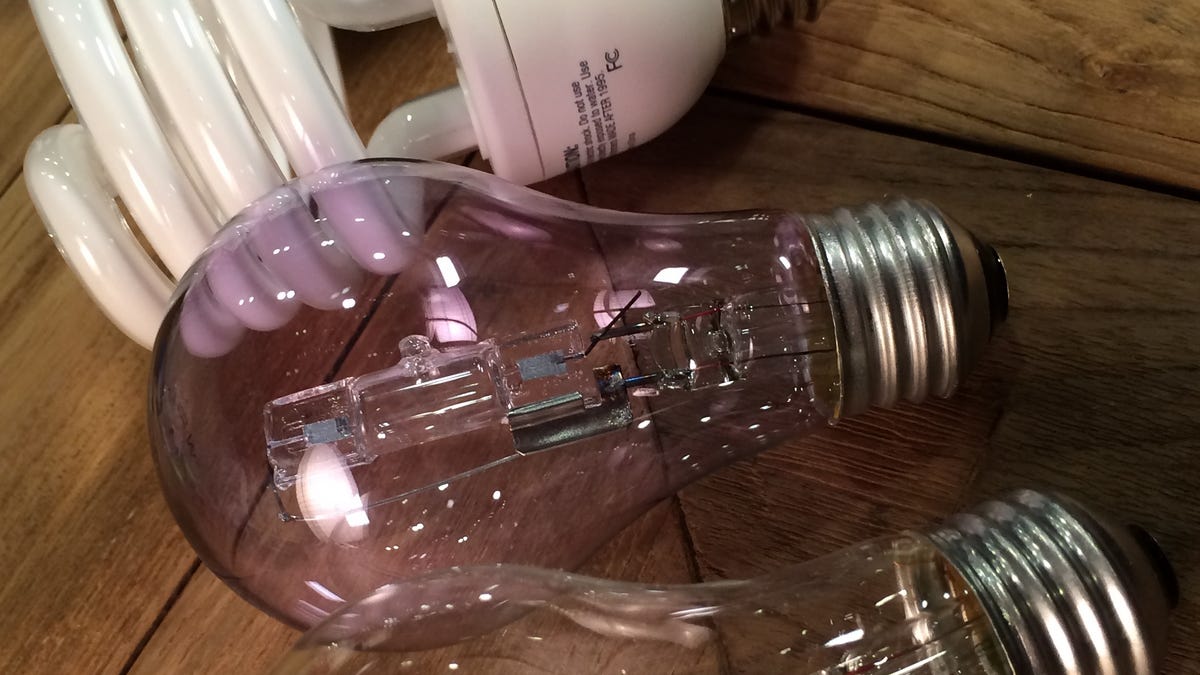Many consumers in the dark about rising lighting standards
Six out of 10 consumers are unaware that the most commonly used light bulbs are about to disappear from store shelves.

The most commonly used household light bulbs are set to be phased out in just a few days, but a majority of consumers is unaware of the impending changes, according to the 2013 Osram Sylvania Socket Survey.
Conducted at the end of every year since 2008, the Socket Survey polls hundreds of consumers from around the country to help track their opinions on the rapidly changing lighting landscape. This year, Sylvania reports that just 4 in 10 consumers are aware that beginning on January 1, a sharp rise in efficiency standards will effectively render standard 40- and 60-watt incandescent bulbs obsolete. In accordance with those rising standards, those bulbs will no longer be manufactured or sold in the United States.
When polled about changing lighting options in more general terms, consumers scored much better, with 64 percent of respondents showing at least some familiarity with the Energy Independence and Security Act of 2007 (PDF) (EISA), the legislation that numbered incandescents' days. A lack of awareness about EISA's next big step on January 1, however, could mean that in the coming year, consumers looking to replace their burnt-out living-room lights will be in for a surprise upon arriving at their local hardware store.
Still, the survey found that 71 percent of respondents are excited about new standards and about the widespread adoption of significantly more efficient bulbs that will undoubtedly come with them. That's the highest number in the Socket Survey's six-year history. The other 31 percent are less enthusiastic, many of whom cite their preference for incandescent lighting. Accordingly, 3 in 10 respondents said that they planned on stockpiling incandescent bulbs before the phase-out kicks in.
Among those who aren't planning on stockpiling incandescents, compact fluorescent lights (CFLs) seem to be the replacement option of choice, with 46 percent of respondents saying they'd be choosing CFLs as opposed to the 24 percent who said they'd be going with LEDs and the 13 percent who prefer halogens.
We'll have more information on your evolving lighting options in the coming months. In the meantime, for more information on what the new efficiency standards mean for you, check out our Light Bulb Buying Guide, as well as our handy list of the best LED bulb upgrades for your buck.

